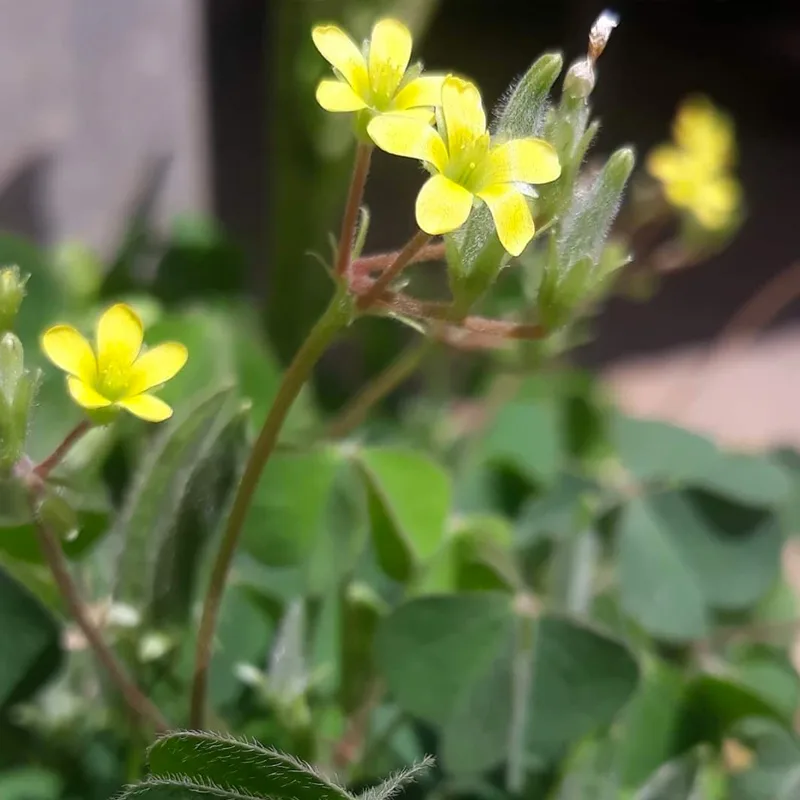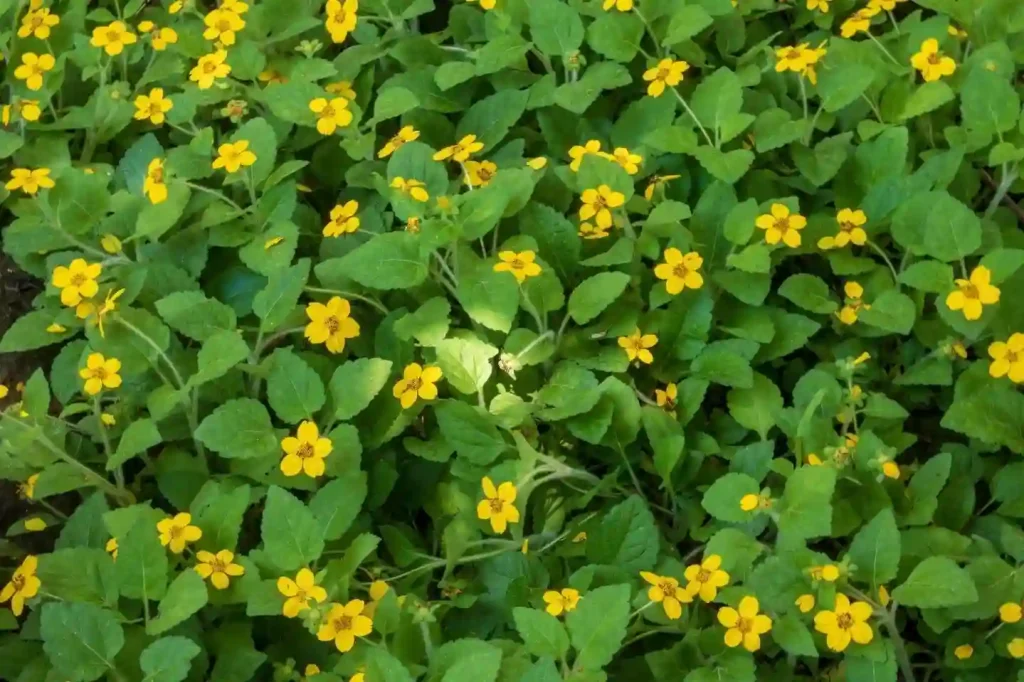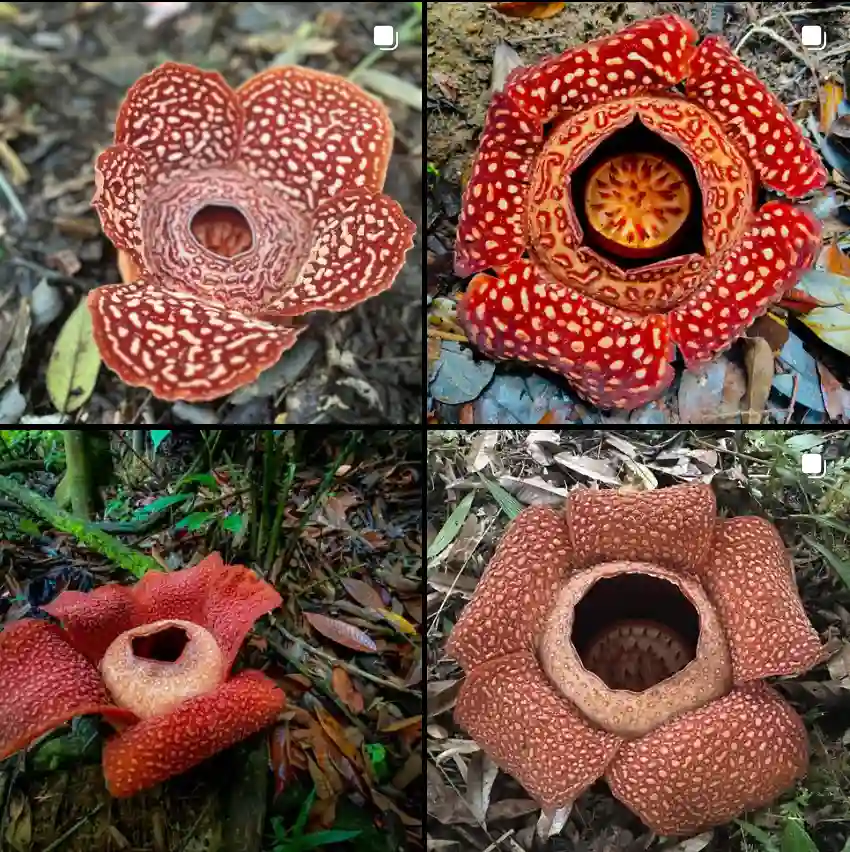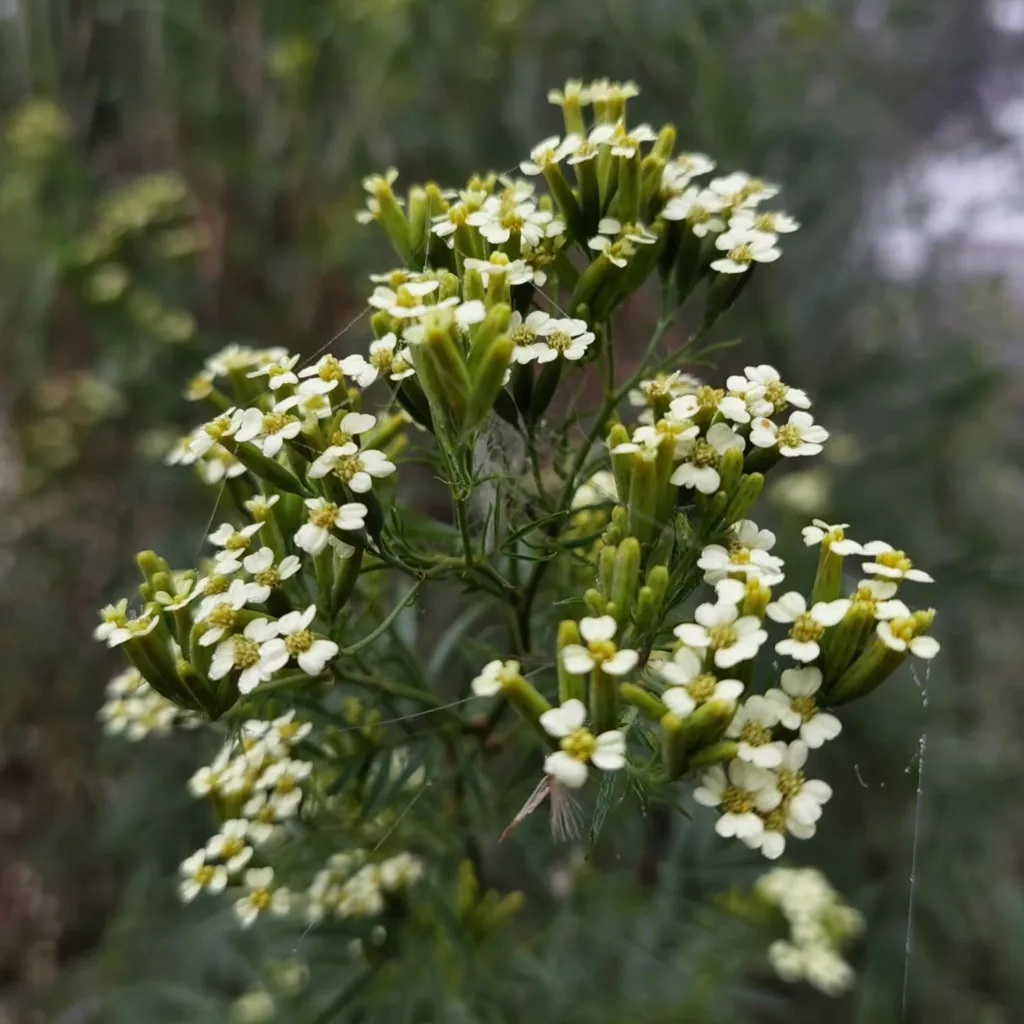
Introduction
As a plant enthusiast, I’ve always been captivated by the diversity and beauty that different species bring to indoor spaces. Among the many green companions adorning my home, the Asparagus Fern holds a special place. In this article, I’ll share my experiences and insights into the world of Asparagus Ferns, covering various aspects such as care, varieties, ideal growing conditions, common issues, and personal anecdotes.
210 Species in Genus Asparagus
Varieties of Asparagus Fern
Foxtail Fern (Asparagus Densiflorus)
One of the most striking varieties, the Foxtail Fern, earns its name from its bushy plumes resembling a fox’s tail. The light green, needle-like leaves give it an airy appearance, growing over 2 feet tall and up to 4 feet wide. Tiny white flowers transform into red berries, adding a touch of color to its elegance.
Plumosa Fern (Asparagus Setaceus)
Often recognized as the quintessential Asparagus Fern, the Plumosa Fern boasts dark green, feathery leaves, reminiscent of traditional ferns. Running your hands over their soft and delicate leaves is irresistible. The greenish-white blooms and black berries contribute to its overall charm.
Ming Fern (Asparagus Retrofractus)
A unique blend of Foxtail and Sprengeri, the Ming Fern can be challenging to distinguish. Resembling clumps of pom-poms, this fern is both soft and edible, reaching up to 6 feet in size. Its zig-zag branches and spikes on stems add an interesting twist to its appearance.
Sprengeri Fern (Asparagus Sprengeri)
Similar to Ming Fern but more common, Sprengeri Fern displays cascading branches with needle-like leaves. The plant exudes a soft appearance but is armed with spikes on its stems. Ideal for hanging baskets, this fern is a classic choice for indoor greenery.
Asparagus Fern vs Asparagus
Despite sharing a name, the Asparagus Fern is not a true fern but a member of the lily family. It stands distinct from the edible asparagus plant, cherished for its tender shoots and belonging to the vegetable category.
Asparagus Fern vs Boston Fern
I found the Asparagus Fern’s delicate, feathery foliage captivating, adding a light, airy feel to my indoor garden. Its lacy appearance contrasts with the Boston Fern‘s more robust fronds, which lend a lush, dense greenery that fills spaces beautifully.
Personal Touch: Integrating Asparagus Fern into My Home
In my journey of plant exploration, Asparagus Ferns have become a staple in my indoor greenery collection. Their low maintenance and adaptable nature make them perfect companions for various spaces. I’ve discovered that placing them in my bathroom, where humidity is naturally higher, ensures their well-being. Some even dangle in my shower, combining functionality with aesthetics and keeping them out of reach of my curious cats due to their toxic nature.
How to care for asparagus fern?
Soil
The key to Asparagus Fern success lies in fast-draining soil. Achieve this by mixing potting soil with perlite or creating a loamy mix with clay, sand, and silt.
Can asparagus fern take full sun?
Absolutely! My asparagus fern, Fernando (very creative, I know), surprised me with how much sun it can handle. I originally had him in a shady corner, and while he did okay, he seemed a bit leggy and stretched out. Then I read they tolerated sun, so I gave him a spot with morning sun and afternoon shade. He perked right up! Now, during the cooler months, I give him a few hours of direct sun, and he’s grown bushier and fuller. The leaves aren’t quite as green as they were in the shade, but the trade-off for a healthier, denser plant is worth it in my opinion. Just be sure to keep an eye on yours and adjust the sunlight if the tips start to brown.
Humidity
Maintaining high humidity is crucial. Placing the fern in the bathroom, using a humidifier, misting, or placing it near other plants contributes to optimal humidity levels.
How often to water asparagus fern?
Ugh, figuring out how often to water Fernando, my asparagus fern, is a constant battle! He seems to go from drama queen to crispy critter in the blink of an eye. I’ve definitely underwatered him before, and let me tell you, there’s nothing fun about a limp fern with dry, dusty leaves. Now I’ve gotten into the habit of sticking my finger in the soil every few days. If the top inch or so feels dry, it’s watering time. I give him a good soak until water runs out the drainage hole, then let him chill for a day or two before checking again. It seems to work pretty well! During winter, when the heat isn’t blasting, I water him a little less often, maybe once a week. The key is finding the happy medium between soggy soil and parched roots – no easy feat, but totally worth it for that lush, green foliage!
How to propagate asparagus fern?
The best way I’ve found to propagate my asparagus fern empire (because let’s face it, one fern quickly turns into ten!) is by division. It’s surprisingly easy, though it can be a little nerve-wracking the first time. In the spring, when Fernando seems to be bursting with new growth, I gently remove him from his pot. Then, I take a sharp knife and carefully cut through the root ball into a few sections, making sure each section has a healthy chunk of roots and stems. I repot each section in a pot slightly smaller than the original one, with fresh, well-draining potting mix. The trickiest part is keeping the new ferns evenly moist but not soggy. A little humidity helps too, so I might cover them loosely with plastic for a few days. It’s exciting to watch the new ferns establish themselves – it’s like having a whole new batch of little Fernandos! This method is so much easier than fiddling with seeds, and it lets you share the joy (or curse, depending on your perspective) of asparagus ferns with your friends.
Why is my asparagus fern turning yellow?
Oh no, yellowing fronds on Fernando! There are a few things it could be. Overwatering is a big culprit for mine. If I get overzealous and keep the soil too damp, the leaves start to lose their vibrant green color and turn yellow. Sticking my finger in the soil to check dryness before watering helps a lot. Also, make sure his pot has good drainage – soggy roots are no bueno!
Another possibility is light trouble. Fernando isn’t a huge fan of super shady spots, but too much sun can be harsh too. If the yellowing is happening mostly on fronds facing the window, it might be getting a bit sunburned. Try moving him to a spot with bright, indirect light. That seems to be the sweet spot for mine – enough light to keep him happy, but not so much that he gets fried. Good luck figuring it out – with a little detective work, you should be able to get Fernando back to his green, feathery glory!
Repotting
Due to their rapid growth, Asparagus Ferns require annual repotting. Signs include roots poking out or water running through without absorption.
Pests & Diseases
Fortunately, Asparagus Ferns are not prone to pests and diseases. In case of scale or mealy bugs, treat with insecticidal soap or neem oil.
Is asparagus fern toxic to cats?
Yes, absolutely! I learned this the hard way after Mittens, my mischievous tuxedo cat, decided the asparagus fern on the bookshelf was a jungle gym. He started chomping on the feathery leaves, and within a few hours, he was throwing up and had this awful grumbling tummy. Needless to say, the fern is now hanging way out of reach, and Mittens has a healthy respect for houseplants (or at least, that particular one!). It was a scary experience, but at least now I know to keep toxic plants out of my cat’s reach.
How to make asparagus fern bushy?
The secret weapon in my asparagus fern bush-making arsenal is pinching! Fernando, bless his feathery heart, can get a bit leggy if I let him grow unchecked. But a little pinching does wonders. I simply snip off the new growth tips, using sharp pruners or even just my thumb and forefinger. This signals to the plant to put out new shoots lower down, making the whole fern fuller and bushier. It might seem counterintuitive to cut off healthy growth, but trust me, it works!
I usually target the longer, leggier stems, pinching off the top inch or so. New growth will sprout from just below the pinch point, creating a denser, more balanced plant. Plus, you can use the snipped bits to propagate new ferns – bonus! Just be careful not to go overboard with the pinching, especially on a stressed or weak plant. A little goes a long way in encouraging bushier growth for my happy, healthy Fernando.
When to cut asparagus ferns?
You actually don’t cut asparagus ferns throughout the growing season! Those feathery fronds, while they may look purely decorative, are actually crucial for the plant’s health. They photosynthesize and store energy that the plant uses to produce next year’s spears. So we have to wait until the asparagus fern goes dormant for cutting.
There are two schools of thought on the exact timing: late fall or early spring. Personally, I wait until the fronds have completely died back and turned brown. That way, I know for sure the plant is dormant and won’t be stressed by the cutting. It can look a bit messy in the winter, but I don’t mind – sometimes I even like the snowy silhouette against the winter landscape. If you prefer a tidier look, though, cutting back in late fall before the snow flies is totally fine. Just make sure the fronds are truly brown and crispy, not green at all. And don’t forget to remove any fallen leaves or debris around the base of the plant – that helps prevent pests and diseases. Here’s to healthy asparagus ferns and a bountiful spring harvest!
How to care for asparagus fern indoors?
My asparagus fern, Fernando, has become a pro at indoor living! He thrives in bright, indirect light, like dappled sunlight. I water him when the top inch of soil dries out, and mist him regularly to combat dry indoor air. A little fertilizer during spring and summer keeps him growing strong. The secret to a bushy fern is regular pinching of new growth, and don’t forget to repot him in fresh soil when he gets rootbound in spring. With these simple tricks, you can create a happy home for your own asparagus fern!
Can you eat asparagus fern?
Absolutely not! While the asparagus fern is related to the asparagus we eat, it’s a definite no-go for munching. I learned this the hard way when I first got Fernando (my asparagus fern). He looked so lush and tempting, but after some research, I discovered the pretty berries he produces can cause stomach upset. Not exactly a delightful after-dinner treat. So, while asparagus fern adds beauty to my home, it’s strictly for admiring, not appetizing!
Do deer eat asparagus fern?
Luckily, deer tend to leave my asparagus fern, Fernando, alone. From what I’ve read, they generally find asparagus fern unappetizing. It has those sharp little needles for fronds, which are probably a deterrent. Plus, there are likely tastier options on the deer menu! So while I can’t guarantee a ravenous herd wouldn’t take a nibble, asparagus ferns are generally considered deer-resistant. That’s a relief for me, since Fernando adds such a lovely touch to my patio!
How big does asparagus fern get?
The mature size of an asparagus fern depends on the variety and growing conditions, but generally they won’t become giants in your home. Most indoor varieties, like my friend Fernando, will reach a height of 1 to 3 feet tall and a spread of 18 to 36 inches. With proper care, they might even push those limits a bit. There are some sprawling varieties that can reach up to 4 feet wide, but these are less common indoors. So, while they won’t take over your living room, they can add a nice touch of greenery without overwhelming the space.
Is asparagus fern poisonous to dogs?
Oh yes, asparagus fern is definitely on the “don’t eat” list for furry friends! I learned this the hard way after Mittens, my mischievous cat, decided to nibble on Fernando (yes, I named both my plants!). Thankfully, cats and dogs are affected similarly – the culprit is a steroid called sapogenin, especially concentrated in the bright red berries. This can cause vomiting, diarrhea, and even a rash if they come into contact with the sap. Not fun for anyone! So, if you have pets, keep your asparagus fern out of reach or consider a different pet-friendly plant altogether.
Conclusion
In conclusion, the Asparagus Fern has proven to be a delightful and adaptable addition to indoor greenery. Whether gracefully cascading from a hanging basket, adorning shelves, or enhancing a terrarium, its delicate foliage and charming appearance make it a versatile choice for plant enthusiasts. As I continue to explore the world of plants, the Asparagus Fern will always hold a special place in my heart and home.
If i die, water my plants!



